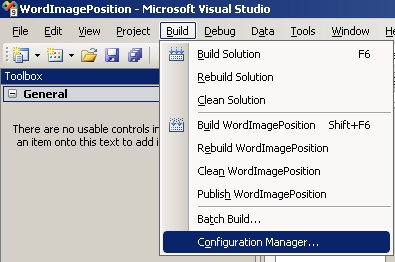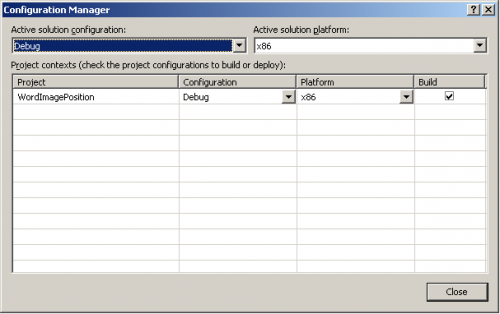I’m on the team working on Pylon, a smartphone app which allows the user to approve Nintex tasks, among other things. It currently uses BlackBerry Webworks, which is a platform that uses HTML and JavaScript in the UI. On one screen we wanted functionality that would send the user back to the previous screen (as if they clicked the back button). The way to do this in JavaScript is:
history.go(-1);
|
or
history.back(); |
However, in my testing this did nothing on the BlackBerry Torch running OS 6, or on the Torch simulator. I found a workaround which works on most OS 5 and 6 devices (see Caveat for the exception.)
Basically, I needed to write a Webworks extension function to trigger the behavior from Webworks. Continue reading Working around history.back() bug in BlackBerry Torch browser widget

